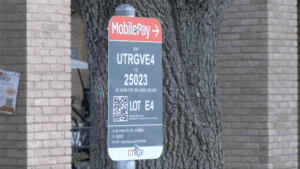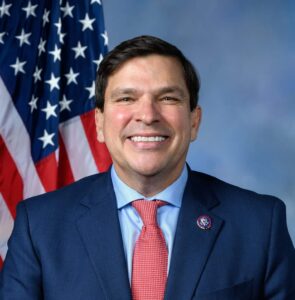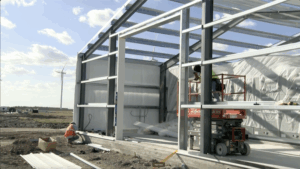Edinburg- A computer science professor addresses the stereotype in the U.S. that leads to a gender gap across STEM fields, others discuss ways to widen stem for women.
February 11 marks the ninth annual International Day of Women and Girls in Science. According to the National Science Foundation, the characteristics of the STEM workforce in 2011 and 2021 increased from 32% female to 35%, a slight change.
In an interview with KVAQ-TV, assistant professor for the computer science department Marzieh Ayati said she never thought being a woman in STEM was special.
Ayati said her computer science class in Iran was 50% female and 50% male. When she came to the U.S., she had the realization she was one of the few stem women.
She said most of the time her female students are the ones with the best codes in class, but they do not participate as often as her male students due to stereotypes.
“I have not ever seen any female who is not capable to do any STEM, never ever in my whole career,” Ayati said.
College of Sciences associate dean and founding Director of the Center of Excellence in STEM Education Cristina Villalobos said she is the only woman in certain committees.
“I also noticed that, you know, when you have a diversity in committees, then new ideas come up, new perspectives are brought in,” Villalobos said.
She teaches calculus classes and says that, given an estimate, only five out of 40 students are female.
Villalobos would like to advocate more for women and says the Center of Excellence in STEM Education holds panels where they focus on including women and speakers with different racial and ethnic backgrounds, to make sure students can identify with the individuals.
Ayati advised women to not let discouragement veer them away from becoming successful in STEM.
“Don’t let stereotyping or pre-assumptions or prejudgment discourage you. believe in yourself,” she said.





